Understanding the structural secrets of how mollusks form symmetrical pearls could inspire more optimal materials for solar panels and space travel.


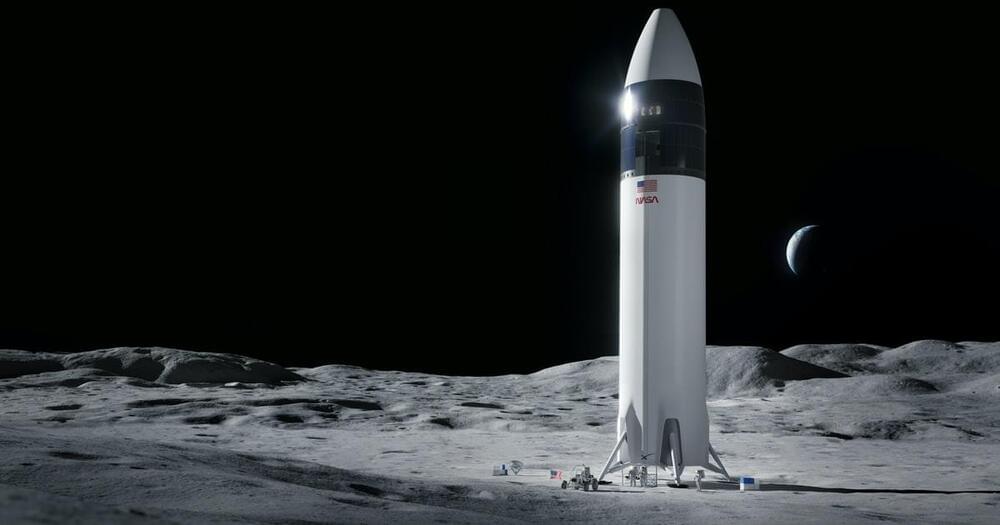

GGwynne Shotwell: Meet the Woman Behind SpaceX: There’s a proverb that says behind every great man is a great woman. That is certainly true of SpaceX. Elon Musk may be the most recognizable face of his aerospace company. But his right-hand woman is Gwynne Shotwell.
Shotwell is the President and Chief Operating Officer of SpaceX. She manages the day-to-day operations and the growth of the firm. In other words – she’s in charge of selling rockets and dealing with Elon Musk.
Unlike a lot of other SpaceX employees who grew up fascinated by rockets, she wasn’t. When she was five and her neurosurgeon father gathered the family around a TV to watch the Apollo 11 moon landing, she found it boring.
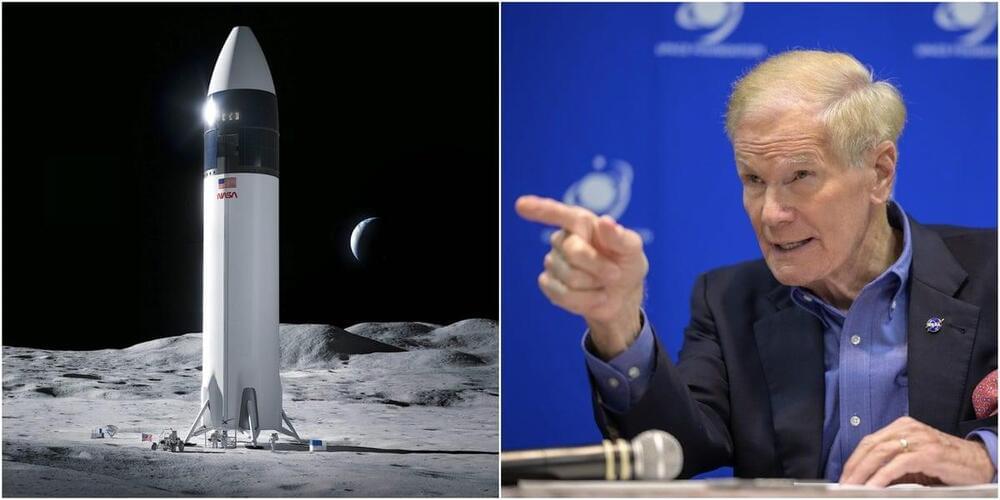
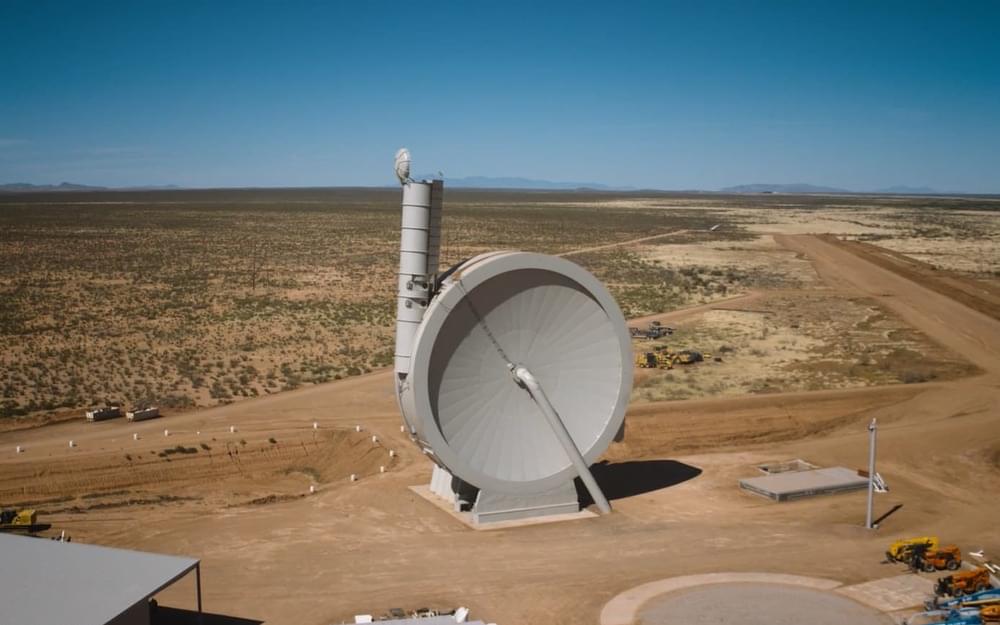
SpinLaunch, a start-up that is building an alternative method of launching spacecraft to orbit, conducted last month a successful first test flight of a prototype in New Mexico.
The Long Beach, California-based company is developing a launch system that uses kinetic energy as its primary method to get off the ground – with a vacuum-sealed centrifuge spinning the rocket at several times the speed of sound before releasing.
“It’s a radically different way to accelerate projectiles and launch vehicles to hypersonic speeds using a ground-based system,” SpinLaunch CEO Jonathan Yaney told CNBC. “This is about building a company and a space launch system that is going to enter into the commercial markets with a very high cadence and launch at the lowest cost in the industry.”
After a series of delays for bad weather, the ill-health of an astronaut and then a wait for the splashdown of the previous mission this morning the world’s only re-usable orbital rocket take four astronauts to the International Space Station (ISS) as SpaceX and NASA launch the Crew-3 mission.
Originally due to launch on October 27 2021 from NASA’s Kennedy Space Center in Florida, NASA has now confirmed that its SpaceX Crew-3 mission will take-off no earlier than 9:03 p.m. EST on Wednesday, November 10 2021.
After the night launch the Falcon 9 rocket will attempt to land on a drone-ship in the Atlantic.
It will be SpaceX’s fourth NASA flight with astronauts, though last month it also successfully launched and landed the first all-civilian private astronaut crewed mission to orbit Earth.
Full Story:
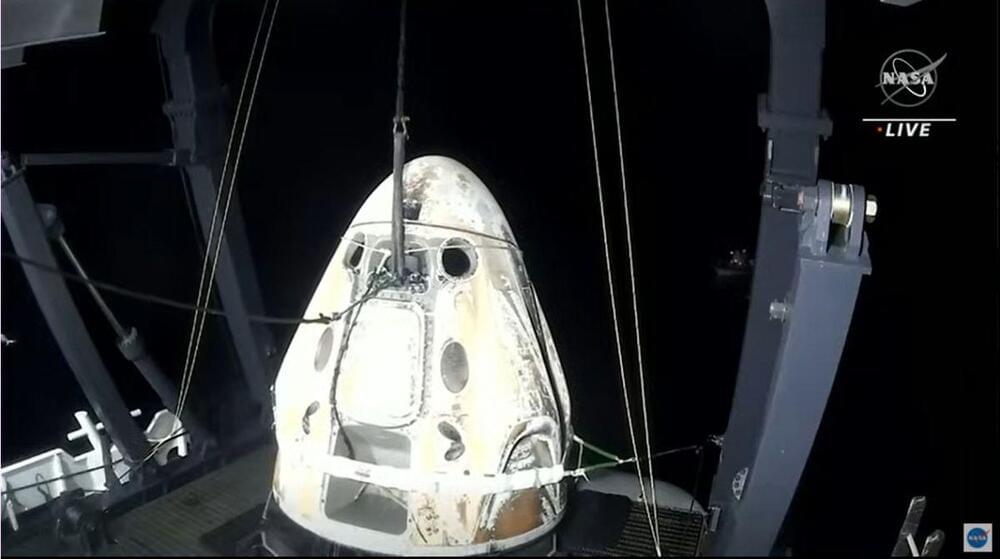
The four Crew-2 astronauts returned to Earth after 199 days in space.
CAPE CANAVERAL, Fla. — After six months in space, SpaceX’s Crew-2 astronauts returned to Earth late Monday (Nov. 8), splashing down off the Florida coast to end the private company’s second long-duration mission.
SpaceX’s Crew-2 mission for NASA splashed down safely in the Gulf of Mexico just south of Pensacola, Florida, at 10:33 p.m. EST (0333 GMT on Nov. 9), with a recovery ship swiftly retrieving the spaceflyers’ Crew Dragon capsule from the sea. Their return wrapped up a six-month trip to the International Space Station (ISS).
Tesla works on software… SpaceX gets hit with another delay… Elon Musk will pay taxes.
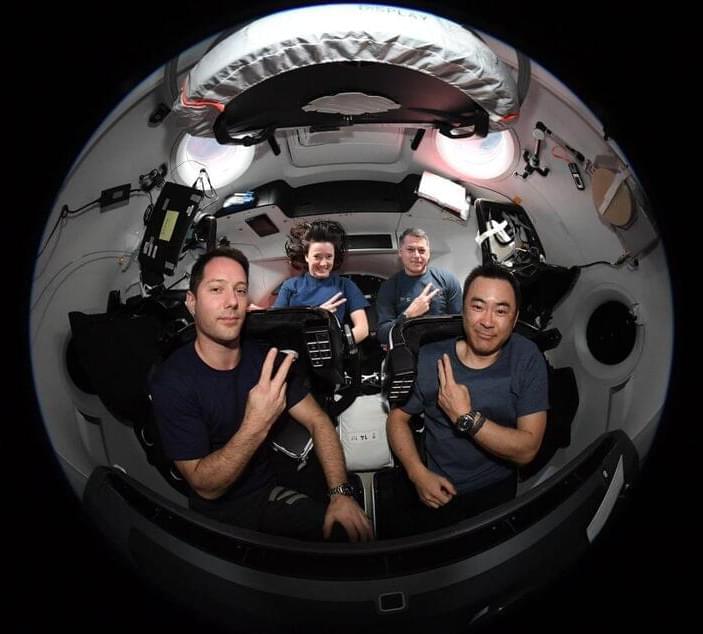
The astronauts will now undock Monday and splashdown late Monday night.
SpaceX and NASA have pushed back the return to Earth of four astronauts on the International Space Station to late Monday (Nov. 8) due to bad weather at their splashdown site.
The astronauts of SpaceX’s Crew-2 mission for NASA will now undock from the space station Monday afternoon at 2:05 p.m. EST (1905 GMT) — a day later than planned — and splash down that night off the Florida coast at 10:33 p.m. EST (0333 GMT). You can watch it all live here and on the Space.com homepage, courtesy of NASA TV, beginning at 11:45 a.m. EST (1645 GMT).

A former SpaceX executive, who worked at the aerospace company for 19 years, said the public has a different perception of CEO Elon Musk.
“We see him differently during work and I think the public has a different perception,” Hans Koenigsmann, a SpaceX vice president, told Insider.
As the richest man in the world, with a fortune of $292 billion, Musk is constantly in the public eye.